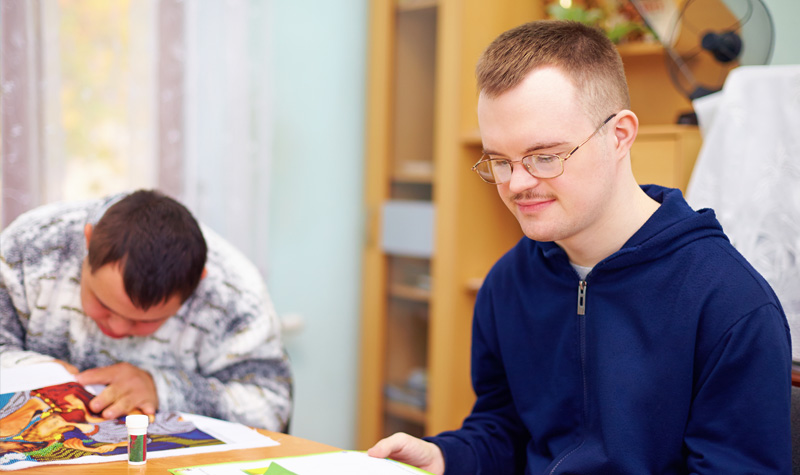By: Paul O’Neill, Senior Fellow of The Center for Learner Equity
It is no secret that community colleges, which educate over 9 million students around the country, play a critical role in our higher education system and in training our future workforce. What is shocking is the level to which these schools are under-resourced and how that impacts their ability to deliver on their promise to students. A new report from the Century Foundation, Recommendations for Providing Community Colleges with the Resources They Need, finds that, in contrast to elite schools that boast of their admissions selectivity, the nation’s roughly 1,000 community colleges serve “the top 100 percent of students,” but at the same time they are also facing enormous funding challenges that make it extremely difficult to effectively serve all of those students.
The report finds that “[T]he cost of educating socioeconomically disadvantaged students ranged from 22.5 percent to 167.5 percent more than the cost of educating students with no extra needs. In a 2015 analysis, the Education Trust said a 40 percent premium for educating these students should be considered “conservative,” given research finding that it costs twice as much to educate low-income students to the same standards as more-affluent students….
At The Center for Learner Equity we focus on ensuring that students with disabilities can access and thrive in the K-12 space, and an important part of that is supporting teens as they transition from secondary school to college and careers. With that in mind we were horrified by the findings of the Century Foundation report as it highlights just how challenging it is from a funding perspective for these colleges to serve all of the students on their campuses.
This is daunting and worrisome given that the paper also is very clear that community colleges must make do with funding levels that are woefully, nearly exponentially, below those of major four-year colleges and universities. According to Century’s data, only one in five students at most highly competitive four-year colleges come from the bottom half of the socio-economic distribution, while the majority of community college students do. Century’s analysis makes it clear that those students most in need of supports and scaffolding in order to succeed are most likely to attend college programs with the lowest capacity to provide these things. The picture gets darker still when you tie that finding to sobering data showing that 81 percent of students entering community college say they aspire to eventually transfer and receive a four-year degree, but only 15 percent do so after six years.
It is hard to read statistics like these in part because they shine a piercing light on the grim, inequitable realities faced by teens and young adults who grow up in poverty and are effectively being denied the chance for something better. It is also hard to read them because many of those young people also contend with disabilities. Century’s analysis does not focus on this issue. If it did, the statistics would likely be even more heartbreaking. Students who struggle to complete high school despite learning challenges and physical disabilities are some of the most vulnerable young people and are among the least likely to progress to and through college and find viable employment.
Students with disabilities are at a tremendous disadvantage. Statistics from the U.S. Department of Education show that only 65.5 percent of students with disabilities graduate from high school as compared to 84.6 percent of students without disabilities; 18 percent of students with disabilities drop out of high school as compared to 6 percent of students without disabilities; 19.1 percent of people with disabilities are participating in the U.S. Labor force as compared to 65.9 percent of people without disabilities.
For many of these non-typical students, community college is an essential option and stepping stone in a higher education landscape that may offer them few choices. Yet the dramatic, inequitable underfunding that Century identifies can render community college a false, impossible path for students with disabilities to walk. Gone are the IEPs and corresponding services that supported them in high school. Students with skills and talents that could be nurtured and developed, and whose independence could be fostered, are left to flail and to fail. That is unacceptable.
Ultimately, the Century Foundation offers a wake-up call and makes a request: Let’s engage in research that will answer the question of how much funding is needed in order to allow community colleges to reach consistently positive outcomes for their students. We at the Center could not agree more. All of the energy and effort and commitment that is put into fostering strong outcomes for students with disabilities in charter schools is of little value if those students cannot effectively transition to fulfilling, successful lives. That being the case, we urge the Century Foundation and anyone else who works to determine what it takes for students to succeed in community colleges to make students with disabilities a core consideration in that analysis. We are committed to helping in that effort and to speaking out to raise awareness of this crucial issue.

Comments are closed.